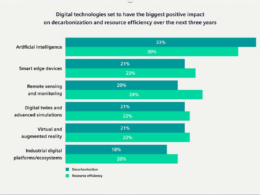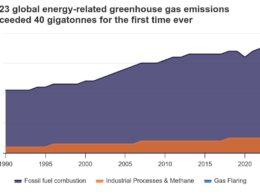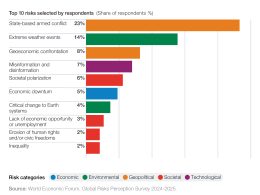Scaling man-made carbon removal technologies to the levels required for global net-zero by 2050 will demand annual investment of between $1.3 trillion and $6 trillion, according to new research by AlliedOffsets.
The report, drawing on more than 60 studies and modelling from its Carbon Removal Module, concludes that removing gigatonnes of carbon dioxide will be unavoidable alongside steep emissions cuts. By mid-century, global removals will need to reach between five and 22 gigatonnes of CO₂ per year, depending on the pathway.
For comparison, the Intergovernmental Panel on Climate Change (IPCC) estimates up to 10 billion tonnes of CO₂ will need to be removed annually by 2050. Current emissions stand at around 40 gigatonnes a year, while existing removals deliver about two gigatonnes, largely from nature-based solutions such as afforestation, reforestation and soil carbon sequestration.
Three scenarios
In a low-removal scenario, only two to three technologies — notably direct air capture, biochar and bioenergy with carbon capture and storage (BECCS) — reach gigaton scale, removing up to five gigatonnes annually by 2050.
The medium pathway assumes emissions fall by 80% but seven to 10 gigatonnes of residual emissions remain, requiring removals to close the gap.
The high-removal scenario assumes industries fail to reach net-zero, leaving a large gap that demands up to 22 gigatonnes of removals annually by mid-century.
Costs and technologies
The investment required is estimated at 1–6% of today’s $100 trillion global GDP — significant but lower than the projected 20% GDP cost of unmitigated climate change. By 2050, removal costs are expected to converge at around $160 per tonne. Biochar, BECCS, enhanced rock weathering and biomass storage could deliver nearly half of required removals at this benchmark price.
Direct air capture could capture up to 40 gigatonnes annually but would require the largest share of investment, about 37%. BECCS has potential for 11 gigatonnes while delivering energy co-benefits, while ocean alkalinity enhancement has the broadest theoretical range, estimated at between one and 100 gigatonnes per year.





















